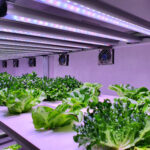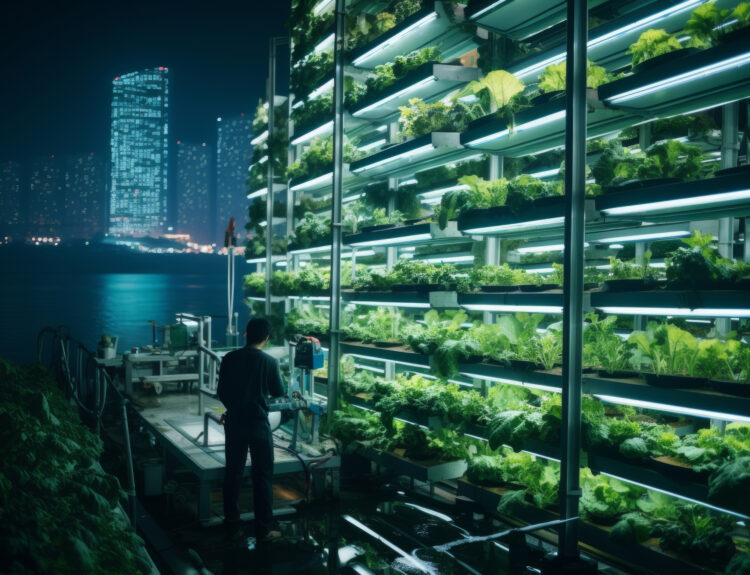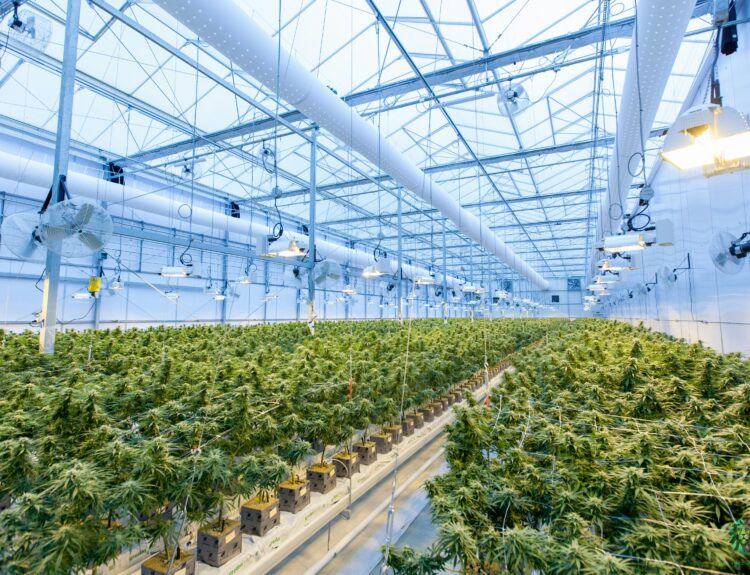Imagine turning your home into a thriving green space where fresh fish and vibrant plants coexist, all while embracing sustainability. Welcome to aquaponics, an innovative system that merges fish farming with plant cultivation in a harmonious, waste-reducing cycle. Whether you’re an urban gardener looking for space-efficient solutions or a sustainability advocate eager for a new project, aquaponics offers a unique and practical approach. In this guide, we’ll explore the essentials of setting up your aquaponics system, providing clear, actionable steps for both beginners and experienced gardeners. Dive in and see how this modern farming method can transform your living environment!
What is Aquaponics?
Aquaponics is an innovative farming technique that integrates aquaculture, or fish farming, with hydroponics, the cultivation of plants in water. In this system, the waste produced by fish provides vital nutrients for the plants, while the plants help to filter and purify the water, creating a self-sustaining cycle. This approach conserves water, minimizes the use of chemical fertilizers, and is space-efficient. Perfect for urban settings and eco-conscious gardeners, aquaponics allows for the simultaneous growth of fresh fish and vegetables in a balanced, eco-friendly environment. This method offers a modern solution for sustainable food production at home.
Understanding Aquaponics
Aquaponics integrates fish farming with hydroponic plant growth. Fish waste acts as a natural fertilizer for the plants, which in turn purifies the water for the fish. This closed-loop system conserves water and avoids synthetic fertilizers, offering an efficient and eco-friendly solution for growing food.
Core Components of Aquaponic Systems
| Fish Tank | This component houses the fish and must be large enough to accommodate their needs. It includes filtration and aeration systems to maintain water quality and ensure a healthy habitat for the fish. |
| Grow Beds: | Plants are grown in these beds, which are filled with growing media like gravel or clay pellets. The grow beds support plant roots and facilitate nutrient absorption from the water, which is enriched by the fish waste. |
| Water Pump: | The pump circulates water between the fish tank and the grow beds. It ensures that nutrient-rich water from the fish tank reaches the plants and that filtered water returns to the fish tank. |
| Filtration System: | This includes both mechanical and biological filters that remove solid waste and convert harmful substances, such as ammonia, into less harmful compounds. Effective filtration is vital for maintaining a stable environment and promoting the health of both fish and plants. |

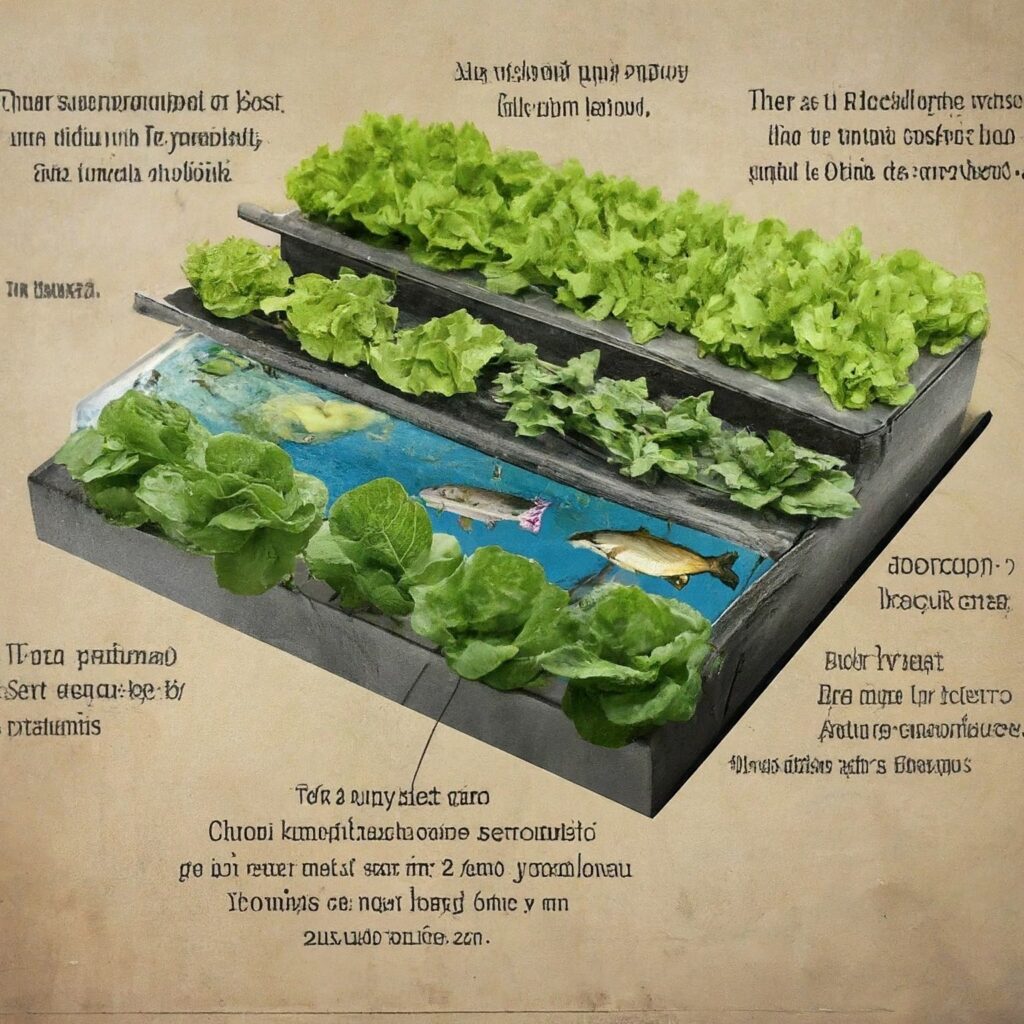
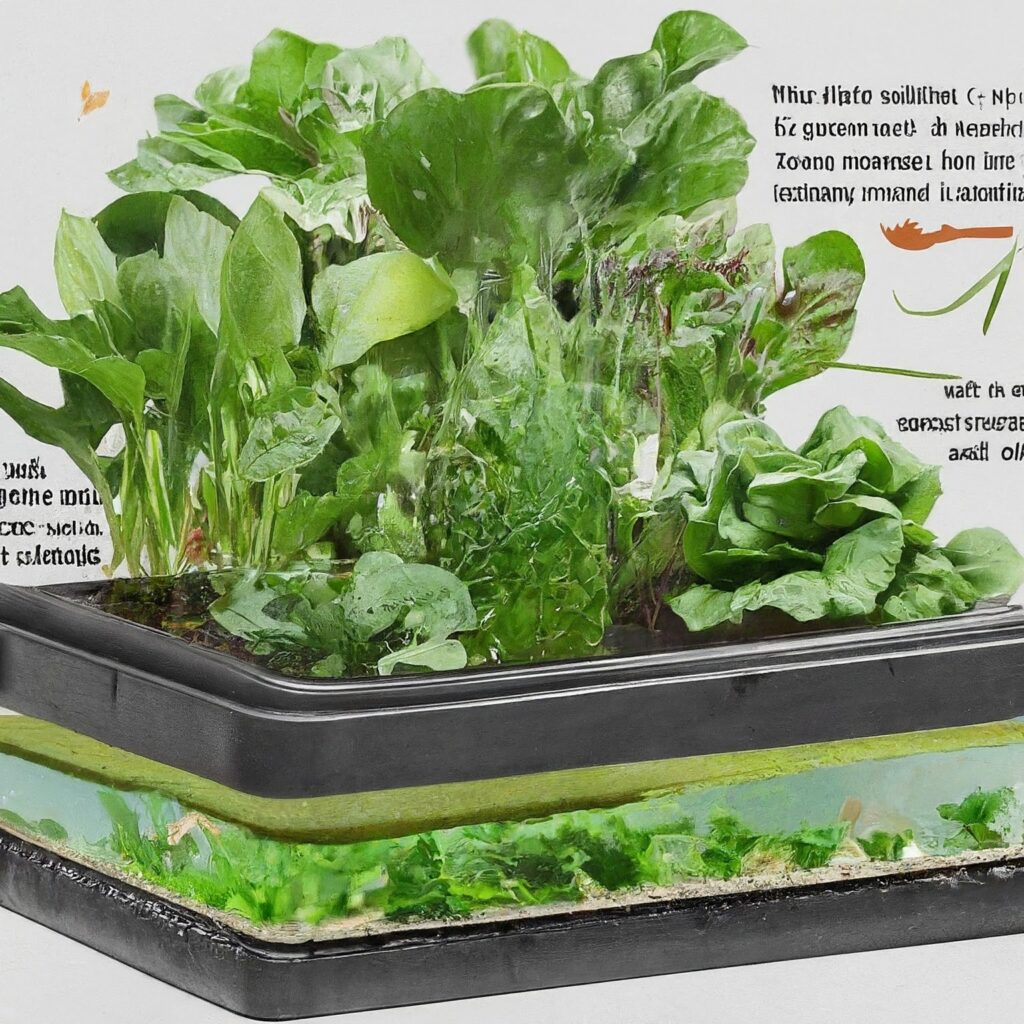
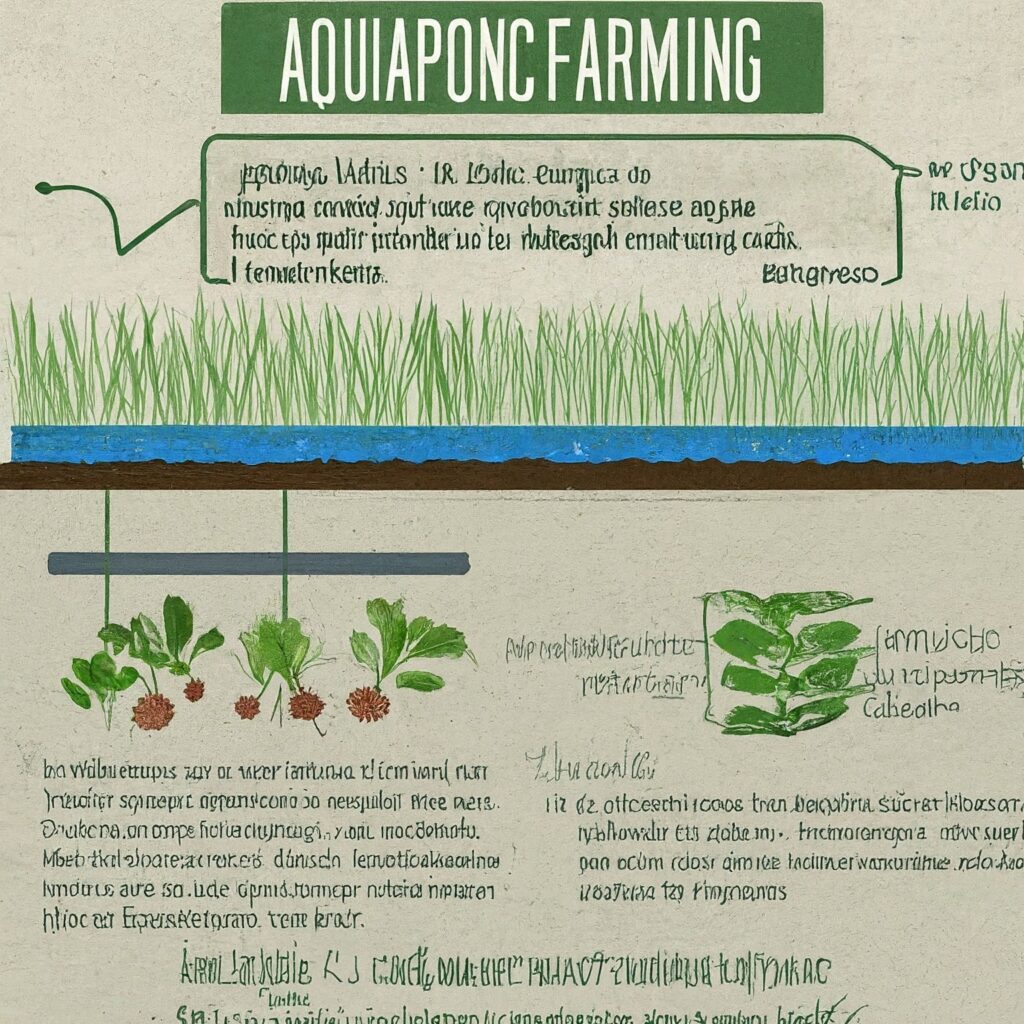
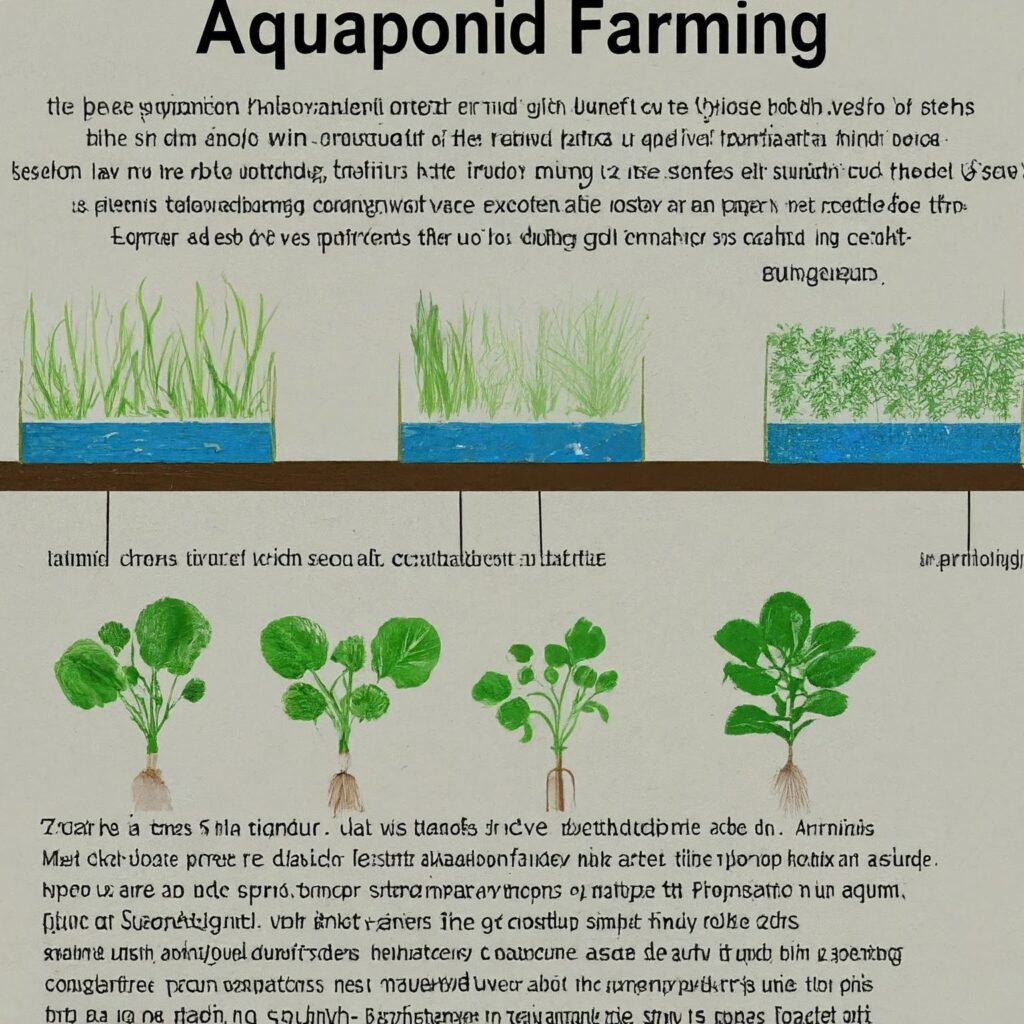
Aquaponic Systems and Techniques
| 1. Deep Water Culture (DWC) | In DWC, plants are grown with their roots suspended in a nutrient-rich water solution. The water, enriched by fish waste, provides essential nutrients, while the roots benefit from high oxygen levels. This technique is well-suited for growing leafy greens and herbs, ensuring efficient nutrient uptake and plant growth. |
| 2. Media Bed System | Also known as the Flood-and-Drain system, this method uses grow beds filled with a growth medium such as gravel or clay pellets. The beds are periodically flooded with nutrient-rich water from the fish tank, which then drains away. This technique supports various plant types and promotes good aeration and nutrient availability for healthy plant growth. |
| 3. Nutrient Film Technique (NFT) | NFT involves a thin, continuous film of nutrient-rich water flowing over plant roots in sloped channels. This system provides a steady supply of nutrients and oxygen, fostering rapid plant growth. However, it requires careful monitoring to prevent potential issues like root diseases or nutrient imbalances. |
| 4. Vertical Systems | Designed for space efficiency, vertical aquaponic systems stack grow beds or use towers to maximize vertical space. This method is ideal for urban settings where space is limited, allowing for high-density plant production in a compact area. |
| 5. Hybrid Systems | Combining features from different techniques, hybrid systems can be tailored to specific needs. For example, integrating media beds with NFT can enhance nutrient distribution and support diverse plant types. |
Each aquaponic system offers distinct benefits and can be chosen based on factors like available space, plant preferences, and maintenance requirements, providing a flexible approach to sustainable food production.
Benefits of Aquaponics
| 1. Water Efficiency | Aquaponics systems recycle water between fish tanks and plant beds, using up to 90% less water compared to traditional agriculture. This efficient recycling process helps conserve this vital resource. |
| 2. Waste Reduction | The system utilizes fish waste as a natural fertilizer for plants, reducing the need for synthetic chemicals and minimizing environmental impact through a closed-loop nutrient cycle. |
| 3. Space Optimization | Aquaponics setups can be adapted to fit small or vertical spaces, making them suitable for urban environments. This allows for high-density food production even in limited areas. |
| 4. Nutritious Produce | Without the use of synthetic pesticides or fertilizers, the produce from aquaponics systems is often cleaner and more nutrient-dense. Both fish and plants benefit from a naturally balanced growing environment. |
| 5. Eco-Friendly | By combining fish and plant cultivation, aquaponics supports ecological balance and lowers the carbon footprint associated with traditional farming and aquaculture practices. |
Challenges of Aquaponics
| 1. High Initial Investment | The setup costs for aquaponics systems can be substantial, including expenses for tanks, pumps, filters, and other equipment, as well as system installation. |
| 2. Complex Management | Maintaining an aquaponics system involves balancing the needs of both fish and plants. This includes managing water quality, nutrient levels, and overall system health, which can be intricate and require constant attention. |
| 3. Ongoing Maintenance | Regular upkeep is necessary to address potential issues such as equipment malfunctions, algae buildup, and nutrient imbalances. This maintenance can be labor-intensive and time-consuming. |
| 4. Species Compatibility | Not all fish and plants are suitable for aquaponics. Selecting species that can thrive together in the system’s conditions is crucial for ensuring a successful operation. |
| 5. Technical Expertise | Effective operation of an aquaponics system demands a solid understanding of both aquaculture and hydroponics. Troubleshooting and optimizing the system require specialized knowledge and skills. |
Applications of Aquaponics
| 1. Urban Farming | Aquaponics is well-suited for urban areas with limited space, such as rooftops or small community gardens, allowing city dwellers to grow fresh fish and vegetables in compact settings. |
| 2. Educational Use | Schools and educational institutions implement aquaponics systems to teach students about sustainable practices, ecosystems, and the science of food production. These systems offer interactive learning opportunities about environmental and agricultural sciences. |
| 3. Commercial Agriculture | Businesses are increasingly adopting aquaponics for commercial purposes. This method supports the production of high-quality fish and vegetables while minimizing water usage and eliminating the need for synthetic fertilizers, catering to the demand for eco-friendly and organic products. |
| 4. Research Initiatives | Researchers utilize aquaponics to explore new plant and fish varieties, enhance system efficiency, and innovate sustainable agricultural techniques, contributing to advancements in food production and environmental sustainability. |
| 5. Home Gardening | Hobbyists and homeowners use aquaponics to cultivate fresh, nutritious food in a controlled and sustainable manner, improving home food security and fostering a greater connection to food sources. |
Future Trends in Aquaponics
| 1. Technological Innovations | Advances in automation and sensor technology are streamlining aquaponics management. New systems with real-time monitoring and automated adjustments for water quality and nutrient levels are becoming more common, improving system efficiency. |
| 2. Urban Integration | As urban areas expand, aquaponics is increasingly being incorporated into cityscapes. Solutions like rooftop farms, vertical gardens, and community-based systems are making fresh, locally-grown produce more accessible in densely populated areas. |
| 3. Diversification of Crops | Ongoing research is broadening the variety of crops that can be grown in aquaponics, including fruit-bearing and root vegetables. This expansion aims to enhance system productivity and cater to diverse dietary preferences. |
| 4. Sustainability Enhancements | There is a growing focus on making aquaponics systems more sustainable by optimizing energy consumption and reducing waste. These improvements aim to maximize the environmental benefits of aquaponics. |
These trends highlight a promising future for aquaponics, driven by technological progress and an increasing emphasis on sustainability and urban food solutions.
Crops Which Can Be Grown Using Aquaponics
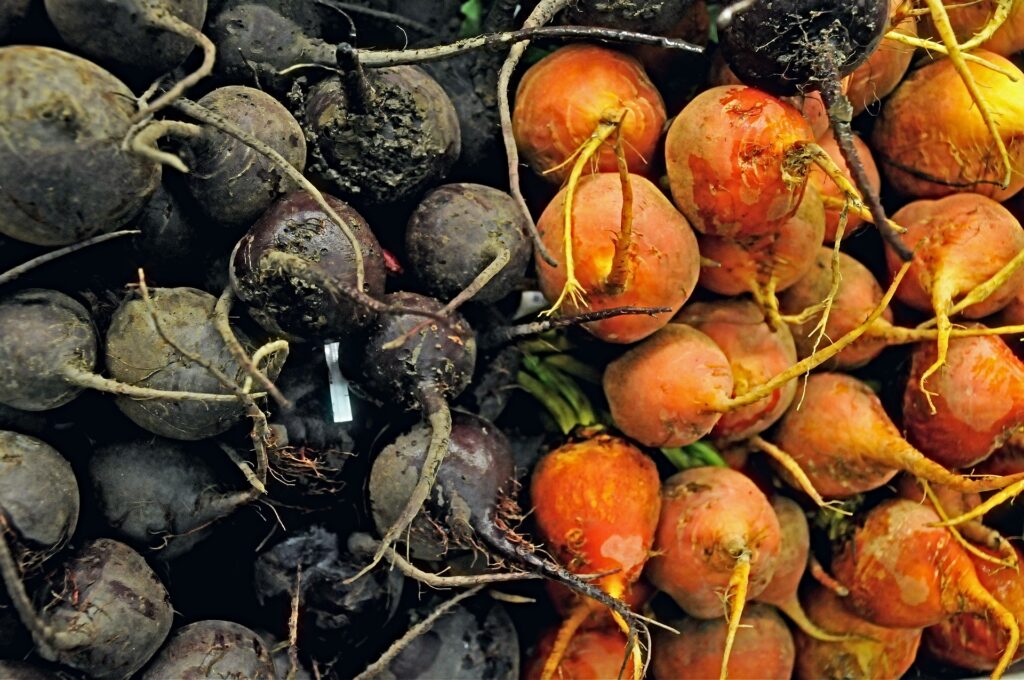

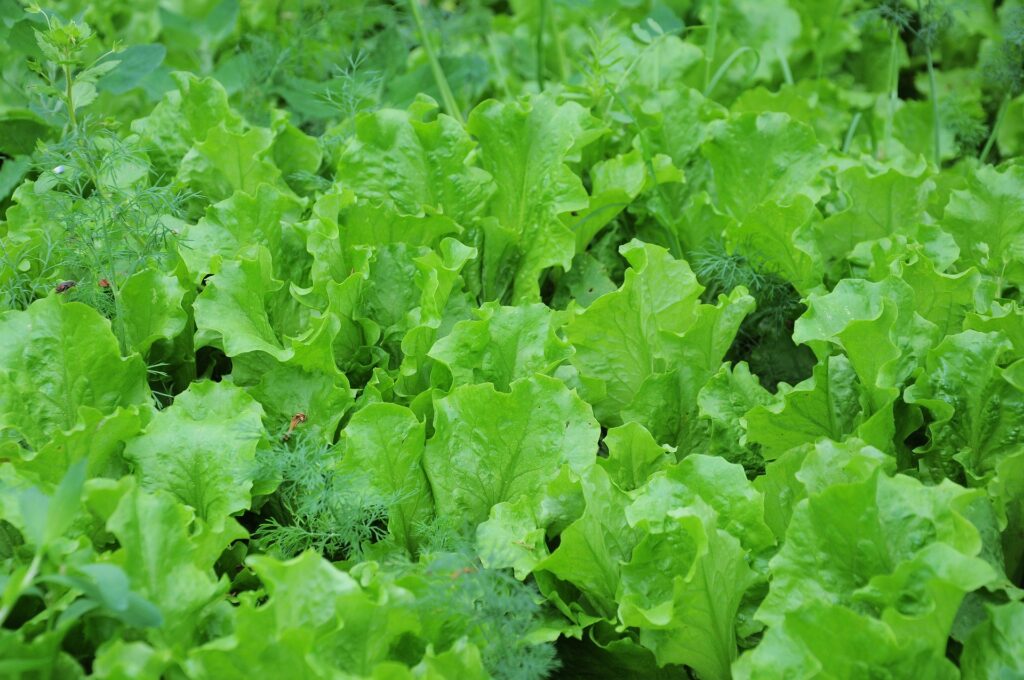
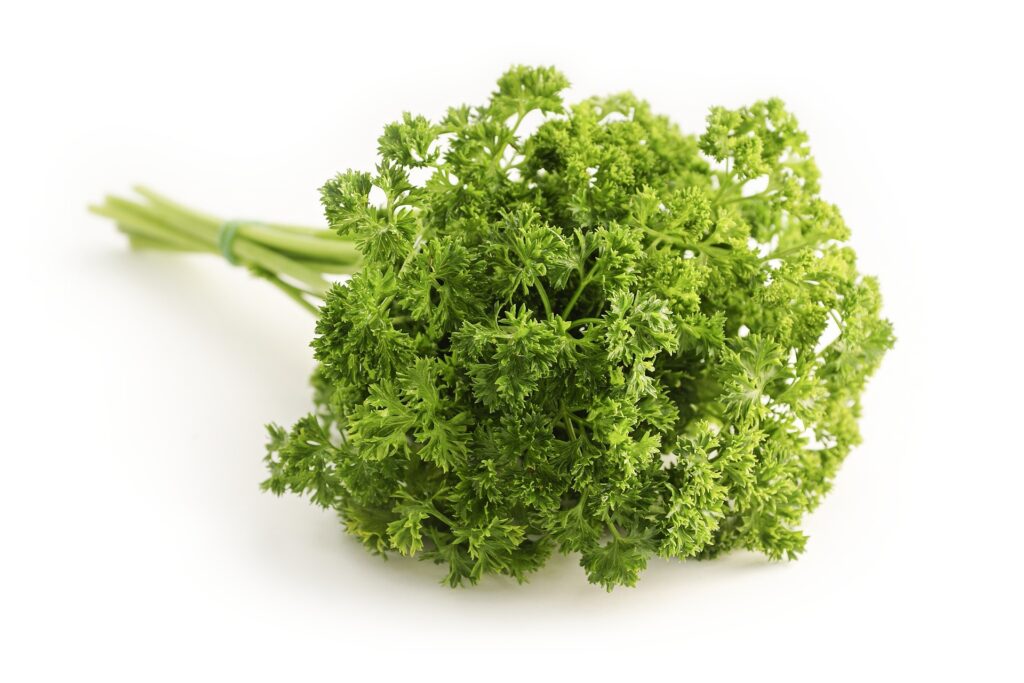

Aquaponics supports a variety of crops, with several types being particularly suited to this method:
- Leafy Greens: Plants like lettuce, spinach, kale, and Swiss chard excel in aquaponics systems. They grow rapidly in the nutrient-rich water provided by fish waste, making them ideal choices for these setups.
- Herbs: Common culinary herbs such as basil, mint, cilantro, and parsley are well-suited for aquaponics. They thrive in a nutrient-dense environment and require relatively low nutrient levels.
- Cruciferous Vegetables: Broccoli, cauliflower, and cabbage also grow effectively in aquaponics systems. These vegetables benefit from the stable nutrient supply and are well-supported by the system.
- Fruit-bearing Plants: Tomatoes, cucumbers, and peppers can be successfully cultivated in aquaponics, though they require more space and structural support due to their size and the weight of their fruits. Proper management ensures they thrive in these systems.
- Root Vegetables: While less common, root vegetables like carrots and radishes can be grown in aquaponics with adjustments to the growing medium and system design to support their root development.
Conclusion
In summary, aquaponics represents a groundbreaking method for sustainable agriculture, integrating fish and plant cultivation into a cohesive system. By conserving water, minimizing synthetic fertilizers, and enabling urban and compact farming, aquaponics stands out as a promising solution for modern food production. Adopting this innovative approach can enhance sustainability and efficiency in agriculture, paving the way for a more resilient food future.
Read more about farming here
Related post:







